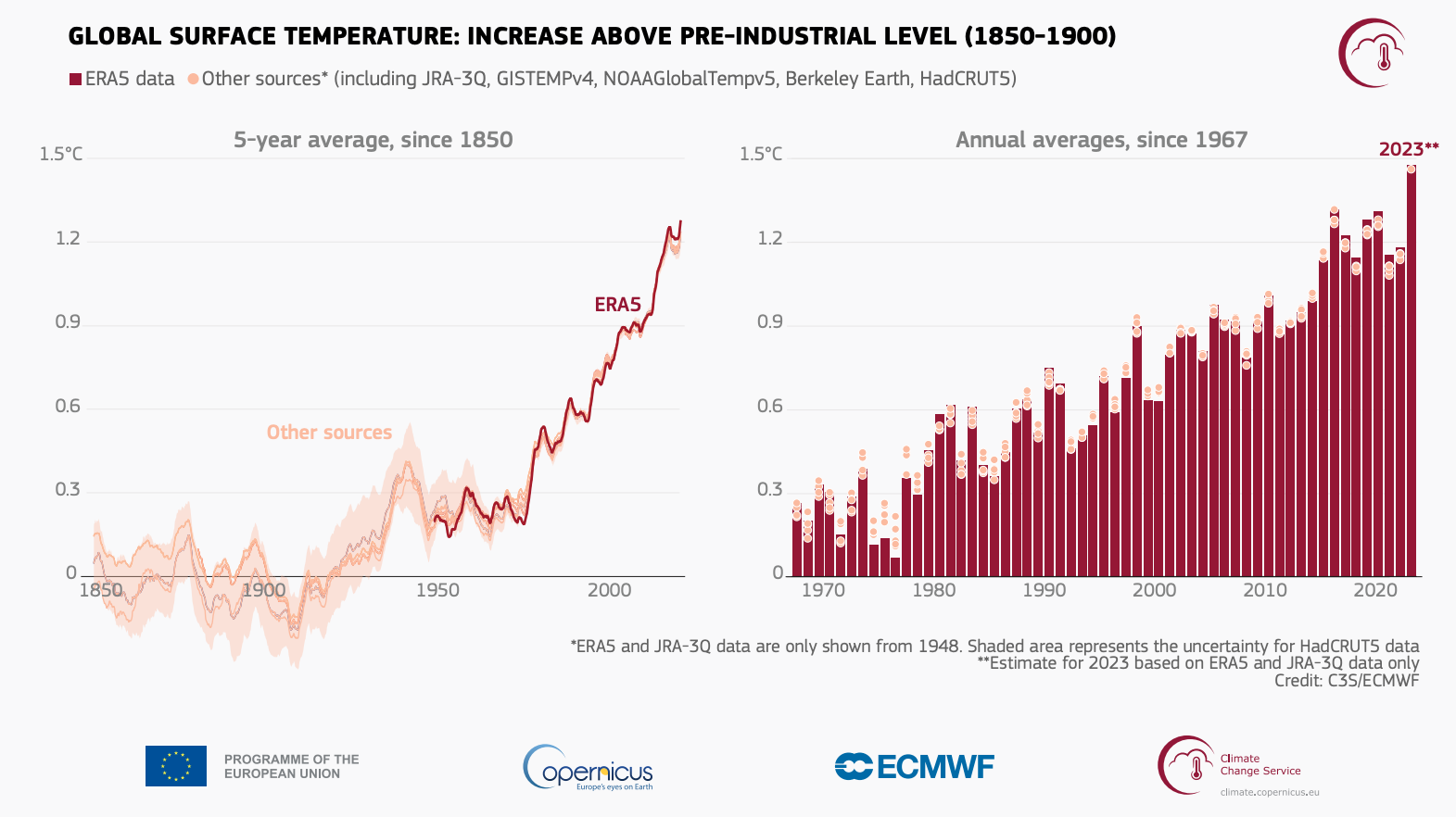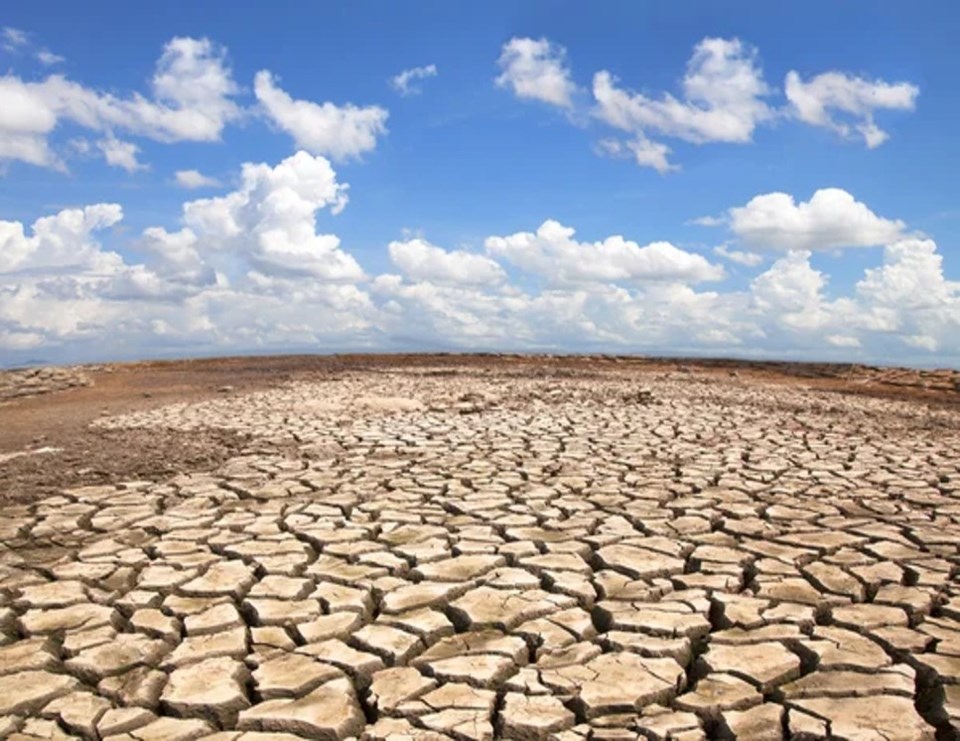Canada's official drought monitor calls the current dry period on parts of the prairies "extreme" or "exceptional." The parched fields and drained reservoirs characteristic of recent, abnormally warm seasons in southern Alberta may also be a glimpse into the region's climate future, researchers say.
"This period right now of low water in Alberta was completely anticipated as an impact of climate change," said Dr. Tricia Stadnyk, Tier II Canada Research Chair in hydrologic modelling and a professor in Civil Engineering at the Schulich School of Engineering.
"The modelling that we've done globally with these climate models shows that Alberta is one of only three major hotspots in the world where we actually have confidence that we're going to have more frequent and more extreme drought,"
For a study now published in Nature's Climate and Atmospheric Science journal, Stadnyk and master's student Michael Vieira combined various climate models from international bodies like the Intergovernmental Panel on Climate Change to produce projections of temperature and precipitation around the world.
Any one representation of future climates isn't necessarily accurate, Stadnyk explained, "but if you put them all together, then they paint a picture of what it could look like. And because there's so many of these simulations, if you get agreement among them, then it's a pretty strong indicator of what's going to happen in the future."
In the picture produced by these sympathetic models, the Canadian prairies and parts of North and South Africa emerged as regions likely to experience more severe and long-lasting droughts.
Because of Canada's high latitude, the country is "the canary in the coal mine" for the impacts of climate change, Stadnyk said. Average temperatures across Canada have risen at a rate twice that of the global average, and warming in the Arctic has been three times higher than the global average.
Once-rare natural disasters like drought and flood, and the costs associated with them, have also become common, overwhelming the systems that exist to shield people from their damages.
Alberta livestock producers received $165 million in aid last year through the AgriRecovery initiative following months of devastating drought. Originally conceived of as a once in fifteen year disaster relief program, 2023 was the second time in three years the province turned to AgriRecovery to help farmers and ranchers recover.

As Alberta's government has rolled out drought response plans in anticipation of another dry year ahead, Minister of Environment and Protected Areas Rebecca Schulz has repeatedly emphasized how the El Niño global weather pattern is causing diminished rain and snow and increased temperatures.
Though the El Niño cycle shares some of the blame for Alberta's water shortage, "the science actually shows that this is kind of the tip of the iceberg in terms of what we expect for the future," Stadnyk said.
"We've had El Niño events in the past," she said. "What has caught climate scientists and anyone in the water resources world off guard is how far above any other historic El Niño event this year is. So that tells us that it's not just the El Niño. But it's the El Niño layered on top of other things that have changed, like climate change. We are quite a bit above any other historic temperatures."




